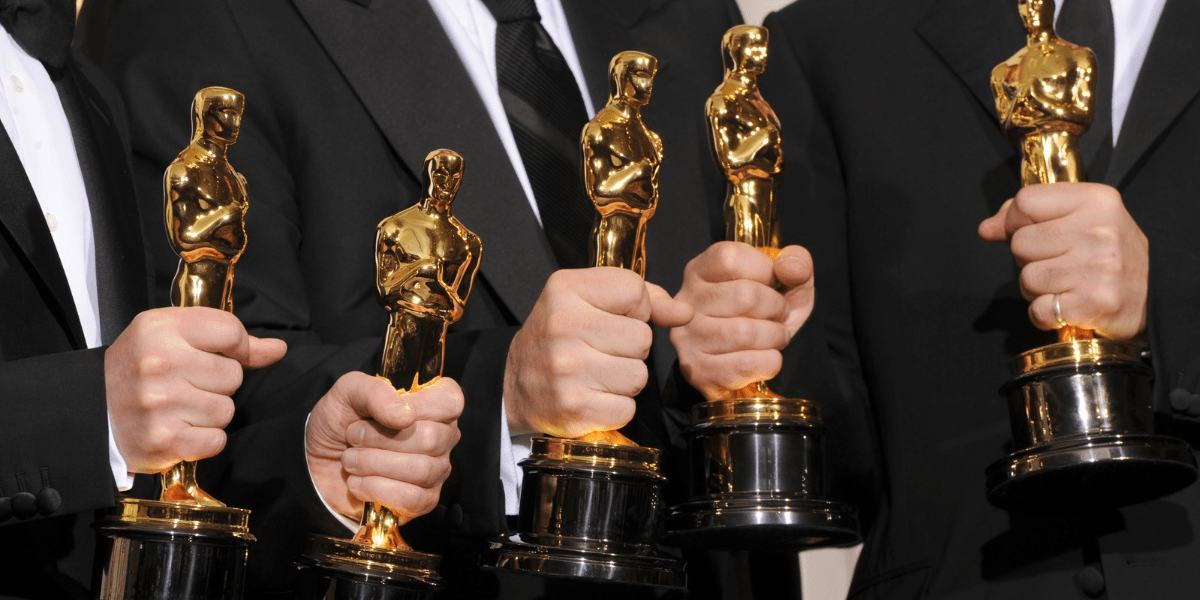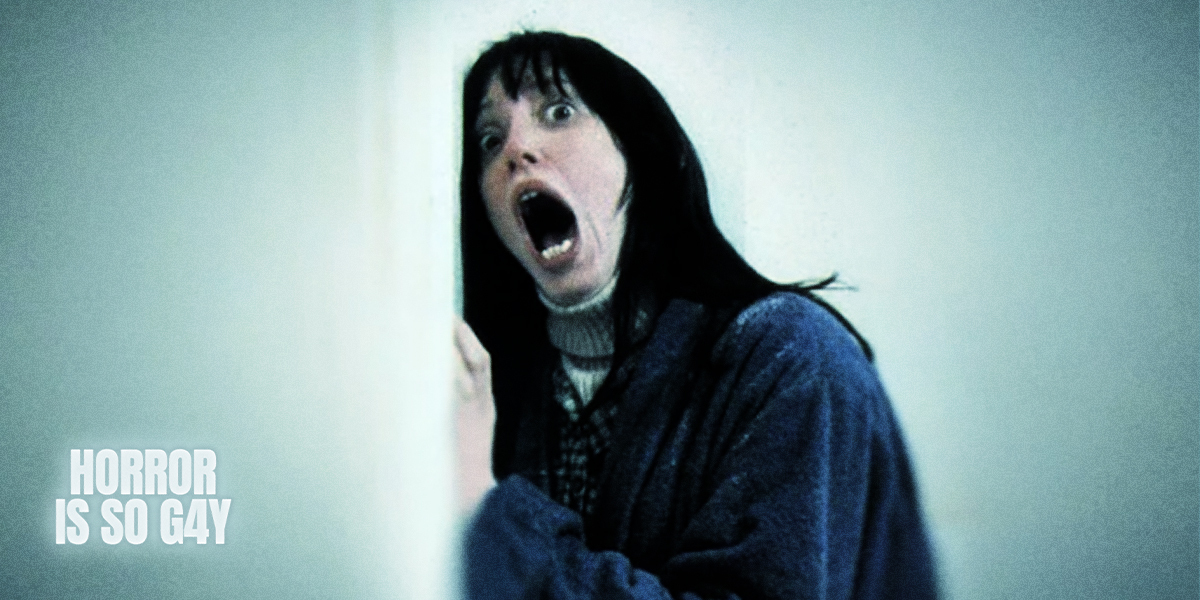Yesterday, the Academy of Motion Pictures Arts and Sciences announced their 2024 class of new members. On Instagram they bragged that among the 487 additions, 44% are women, 41% are not white, and 56% live outside the U.S.
Since the Oscars So White movement in 2015, the Academy has claimed to make a push for diversity. Or, rather, they have succeeded in increasing their diversity but only because their initial numbers were so abysmal. Between 2015 and 2020, the number of women increased from 25% to 33% and the number of people of color increased from 10% to 19%. Since 2020, the numbers have steadily climbed, but it’s been far from any sort of overcorrection. As this year’s number show, the majority of additions are still male and still white. That’s a reflection of the industry at large, yes, but it’s also a choice to decide gradual improvement is good enough.
Even more troubling than the Academy proudly only letting in 44% women is the language they used to describe this statistic. “44% of 2024 new members identify as women,” their infographic states. This seemingly innocuous language is insidious in its transphobia. While it may appear to be more inclusive, it actually works to provide an asterisk of transness. What it is the difference between identifying as a woman and being a woman? Does Meryl Streep identify as a woman or is she simply granted womanhood without the need for declaration?
One of the top comments on the Instagram post asks, “So how many actually ARE women and not men saying they are?” And while this obvious transphobia from a random person with three followers is not a concern, it does reveal the more socially accepted othering inherent in this language.
To make matters worse: The answer for this transphobe would be 0%. While people like this create narratives that cis men are pretending to be women to get famous — like Tootsie on hormones — no actual trans women are getting added to the Academy.
As actress and longtime member of the industry Trace Lysette said on Instagram, “Once again we aren’t even in the statistics…not even in the ‘diversity’ conversation lol.” I do not know the genders or identities of every person on this list — in addition to famous actors and creators there are also publicists and executives with less public identity info — but, according to my knowledge, the only trans person to be added this year was Lily Gladstone, a literal Oscar nominee.
When trans people bring up representational gaps such as this, it’s common for cis people to note that trans people make up a small portion of the population. If one trans person is added, that feels like plenty to them. Putting aside the fact that this is still an immense underrepresentation of the world’s trans population, it also ignores how frequently cis people use our stories for their own success.
Among this year’s additions are Catherine Lutes, the cinematographer for Close to You, Jomo Fray, the cinematographer for Port Authority, and Sally El Hosaini, the director of Unicorns. This is not a criticism of these individuals — the cinematography and directing branches are still overwhelmingly white and male so any change to that is a positive — but it is proof that our stories are being told even if we’re not benefitting from that telling.
2023’s additions had no trans people I know of, but they did have Lukas Dhont, Angelo Tijssens, and Alain Dessauvage, the director, writer, and editor of Girl, a movie about a trans ballerina — played by a cis boy — who mutilates her penis with a pair of scissors.
2022’s additions included trans director Isabel Sandoval and trans cinematographer Ava Berkofsky, but again had no trans actors.
2021’s additions did include a trans actor. One. Laverne Cox. I believe no other trans people were let in that year.
And, finally, 2020, their biggest diversity push. Again, only one: director Sydney Freeland.
I could keep going. For a few more years back, there might be a handful each year. There are probably — hopefully — a handful more in the years I listed who I’ve missed. But another name here or there does not hide the deeper problem. Trans people’s stories are being told and trans people aren’t being rewarded.
Who cares about the Academy? Who needs this sort of institutional recognition and participation? It’s tempting to throw up our hands and say fuck these people. But recognition like Academy membership, like awards, like any sort of industry power, does help artists get work made — it also helps artists pay rent.
I wish we lived in a world where trans artists could fully embrace being underground without concern. But making movies is expensive and being alive is expensive and I want trans film artists to have the means to sustain a creative life.
Trace is right. If we aren’t even being counted in the statistics, how can we create change? So maybe this incomplete summary can be a start to that count. The Academy has never released their full list of members, but we have these lists from recent years. We know our inclusion is near zero. Instead of nodding to our existence with misguided or pointedly transphobic language, it’s time the Academy send out those invites. An actress who got an eleven and a half minute standing ovation at the Venice Film Festival could be a great place to start.








Comments
I don’t expect you (Drew) or anyone here to have the answers. But something I’ve been sitting with recently jumped to mind when reading the discussion around the language of identifying as women in comparison to women. I think back to Rihanna telling a fan that she wasn’t pointing to the trans models used for Fenty because that’s their business and not her’s. While I do agree with that, I’m not sure what the answer then is for determining statistics. I’m guessing the answer is to say something to the effect of “A amount are women, B amount are men, C are non-binary and altogether D are trans” and differentiate between trans men and trans women? I’m hoping this is coming across as a true faith question. I get that it’s mostly semantics but I’m curious on thoughts of how to best present data.
Yeah I think ideally the numbers would be broken down by gender and by transness as two separate data points.
A amount are women, B amount are men, and C are nonbinary.
A amount are trans/GNC and B amount are not. (As determined by the individuals themselves.)
This is really disappointing. Tokenization and diversity speak without actual action behind it